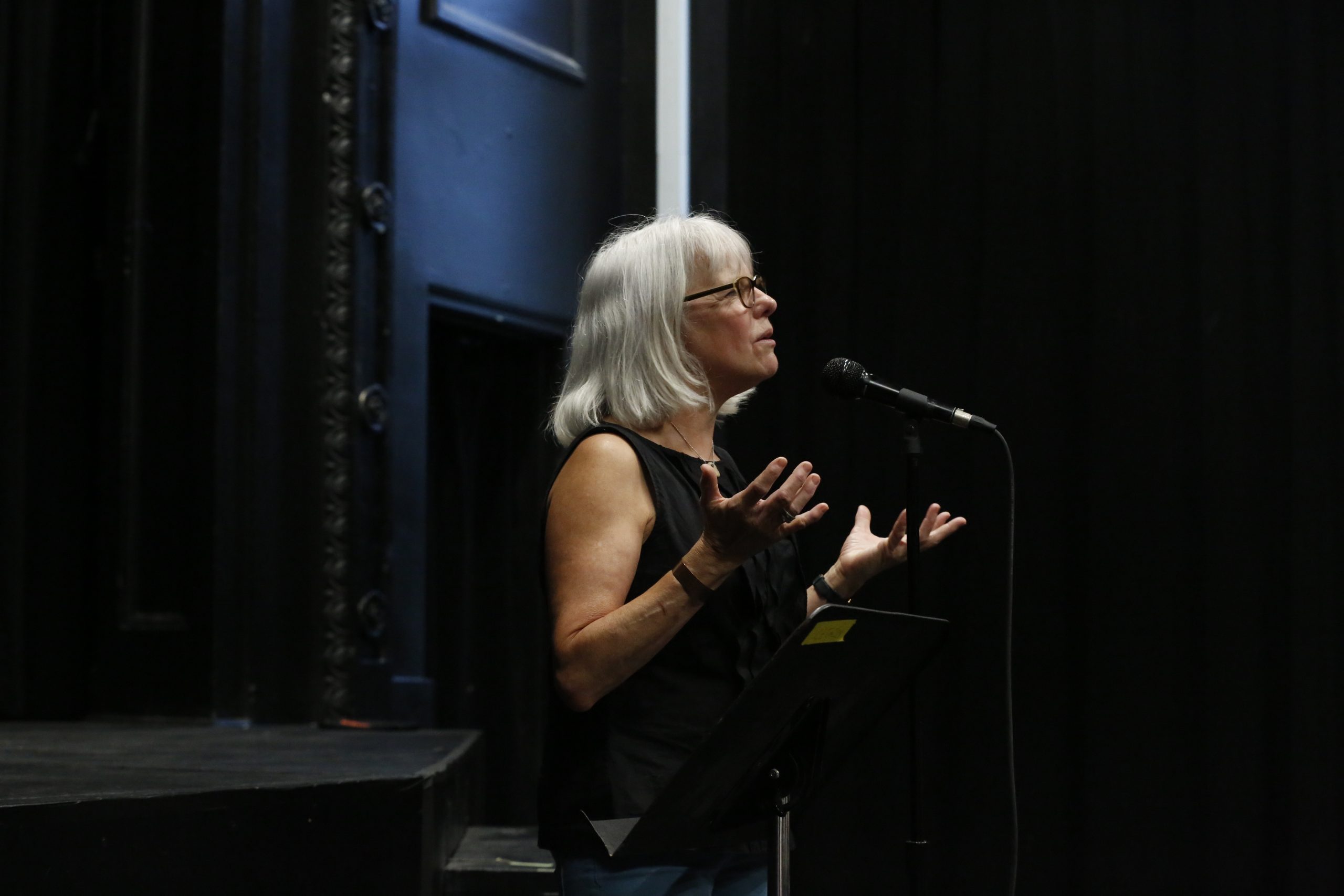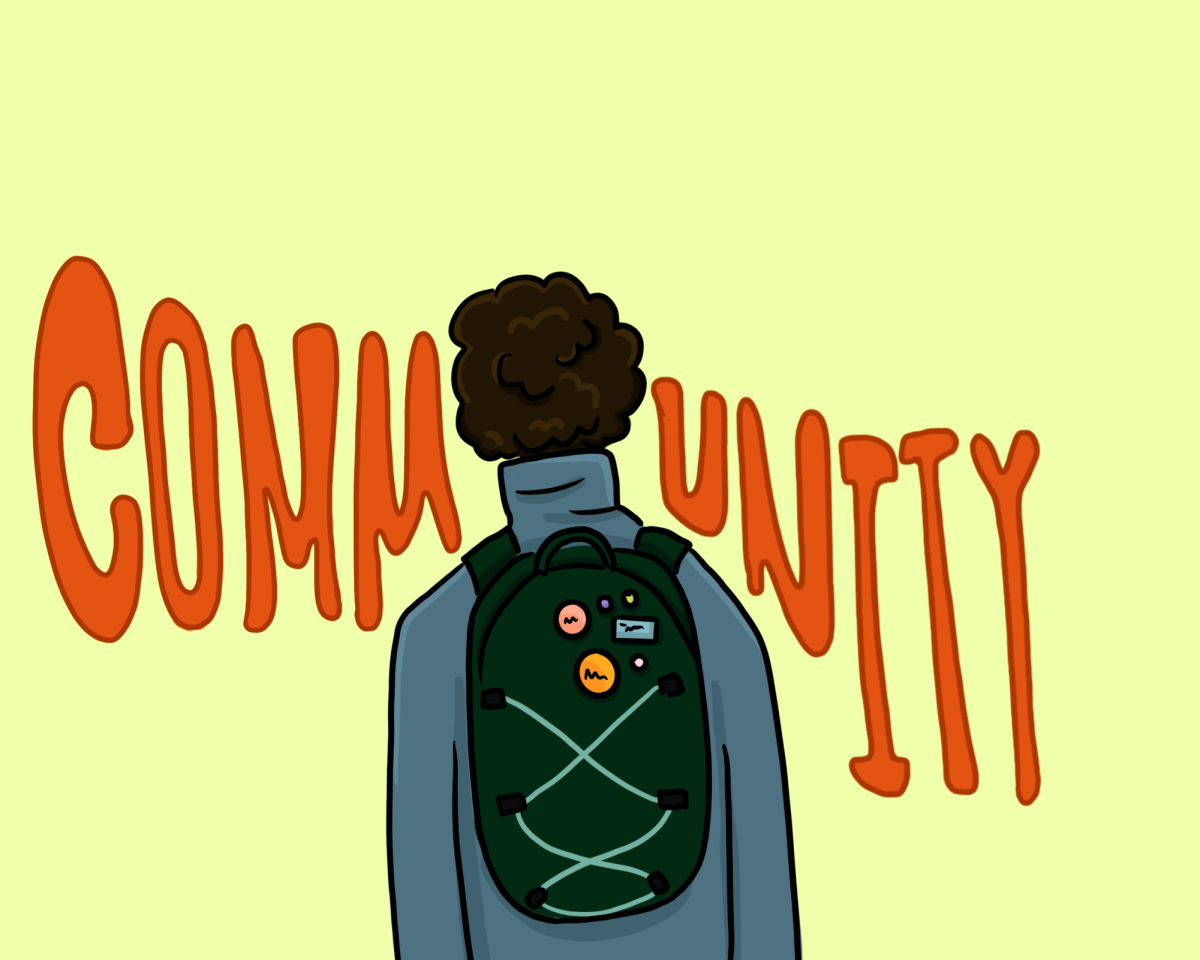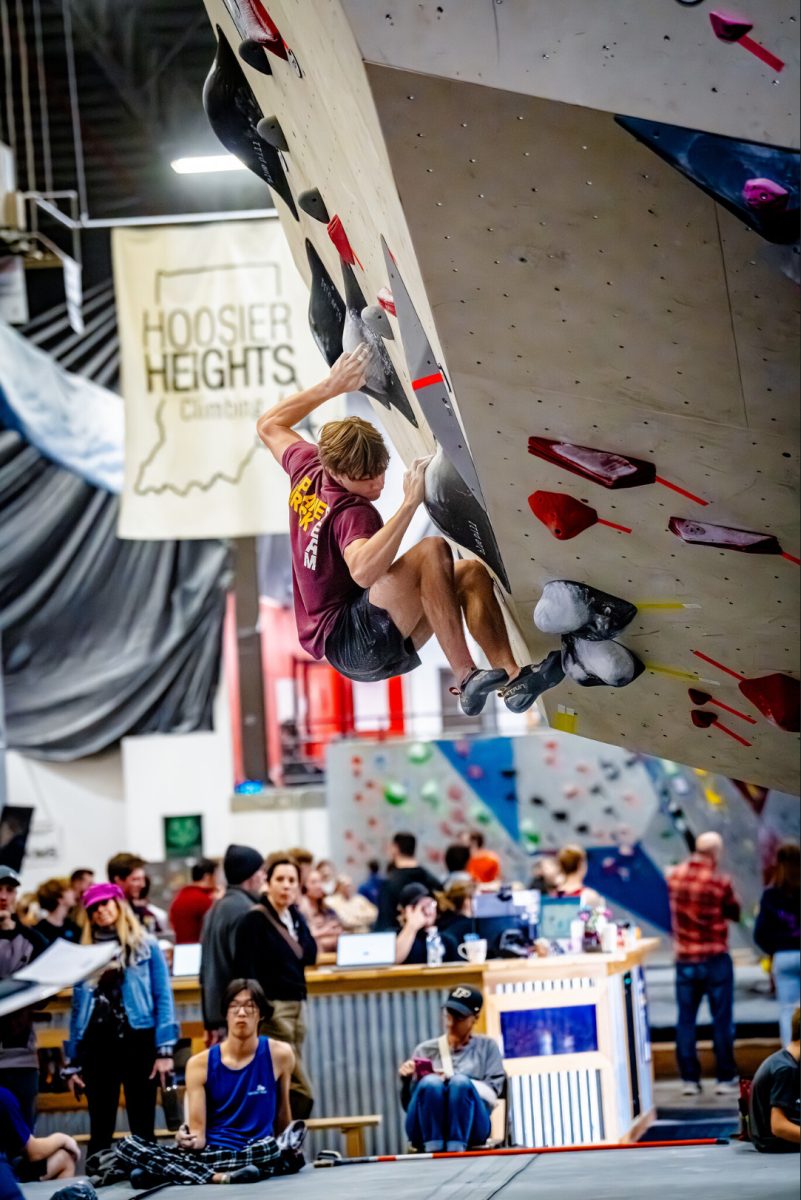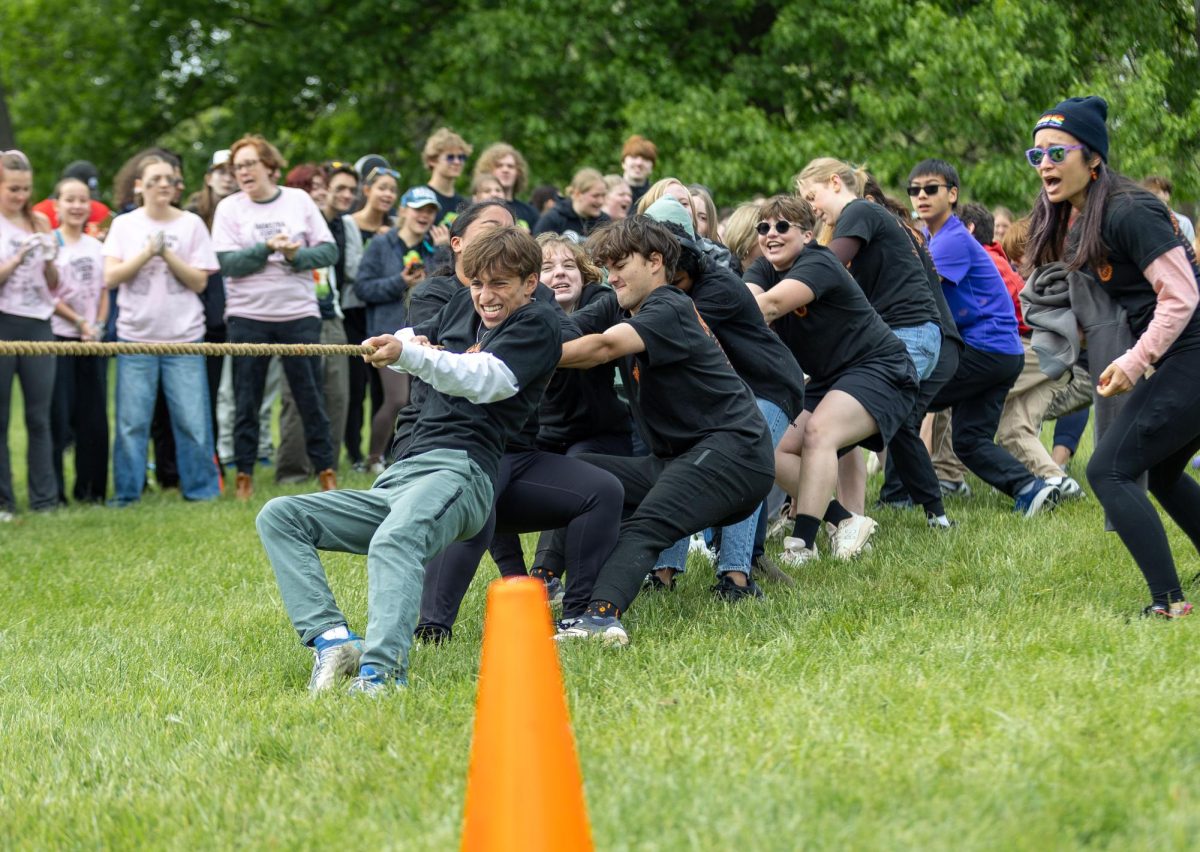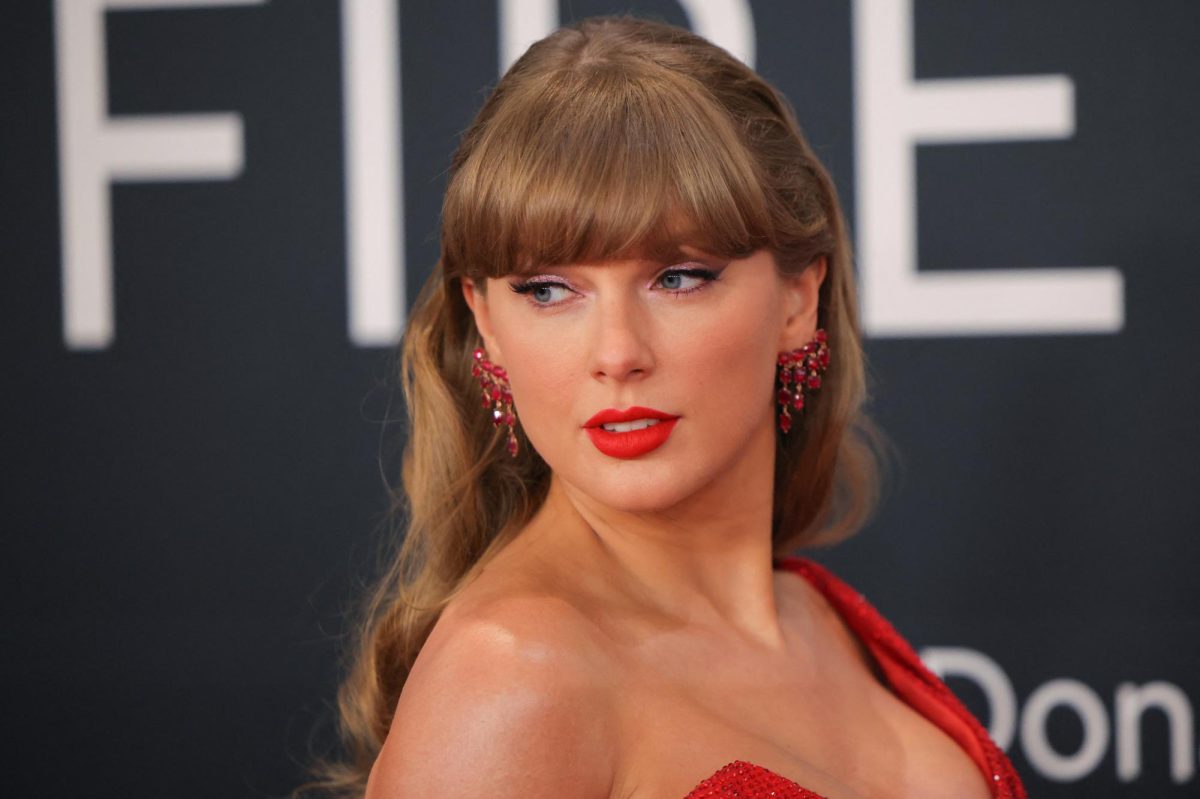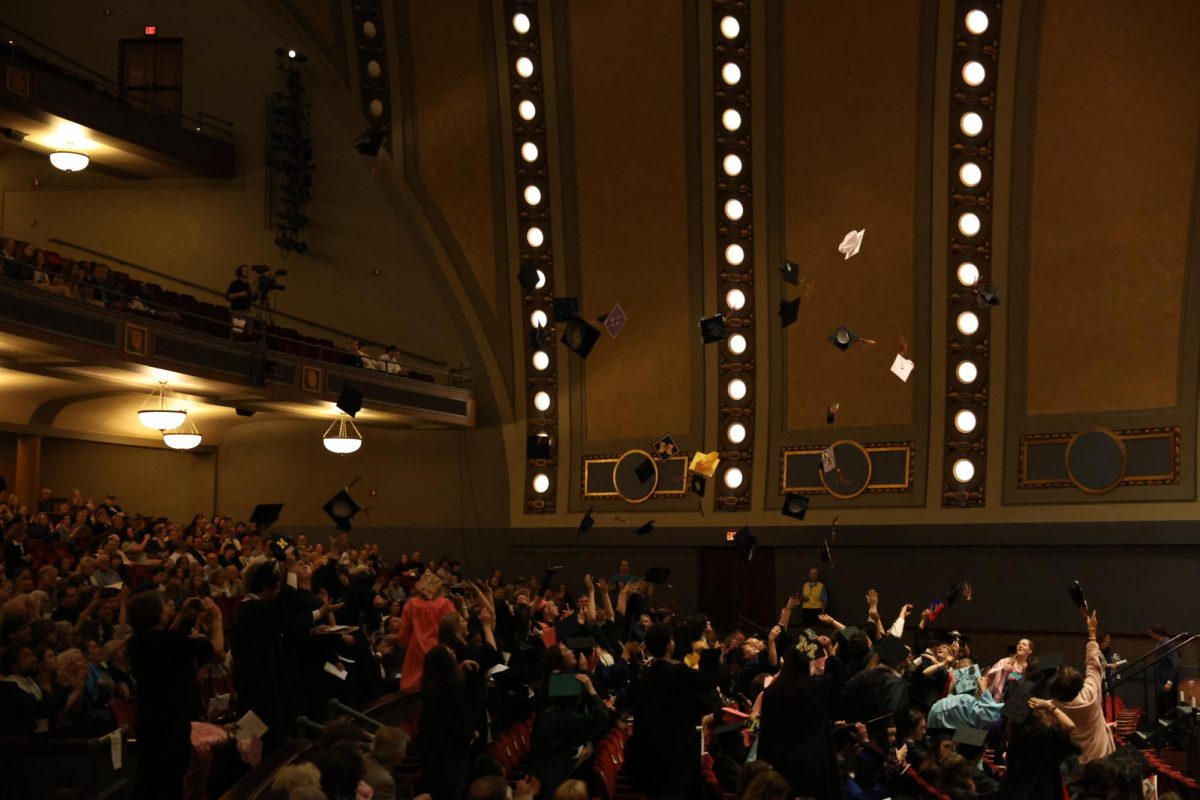Ornate tablecloths and plates full of pizza encouraged attendees of Public School Poetry’s reading event to connect and eat before settling in for a night of poetry. Read by the new journal’s aptly named “vice principals” and CHS’s poetry club members. The event featured poems from the literary magazine’s newest edition and Community students.
“Public School Poetry” is an academic journal co-founded by Ellen Stone, who taught at CHS and founded its poetry club. She, along with co-founders David Ward, Julie Babcock, Megan Levad, and Scott Beal were all educated through the public school system.
Despite its name, “Public School Poetry” doesn’t feature student poets from public schools. The journal brings an anonymously written poem to a participant, who then writes a 5 paragraph essay about the poem. The poems and their essays are then shared in an online meeting. Without the pressure of the poet’s identity, readers are forced to truly dissect the poem itself.
“You’re getting these poems in front of you,” Stone said. “It’s not about who the person is, the name, or where they were educated. It’s about what the poems actually tell you and what the language says.”
The vice principals hope that the journal embodies the spirit of public school. However, they also hope that the journal breaks the rules and traditions that public school brings to poetry curricula. That starts with the poems that are featured.
“The poetry that gets taught is often the poetry that was taught to the teacher when they were in high school,” Stone said. “It may not be relevant anymore. It may not be that good, or it may be restricted.”
The journal hopes to be a breath of fresh air into the otherwise stuffy public school poetry standards that the Vice Principals grew up with. Stone hopes that someday, public school poetry education will have a similar modernity.
“I think students should be taught everything,” Stone said. “They should be taught that poetry has this broad reach. It’s not narrow, and it’s not rarefied. It’s real and every-day.”



